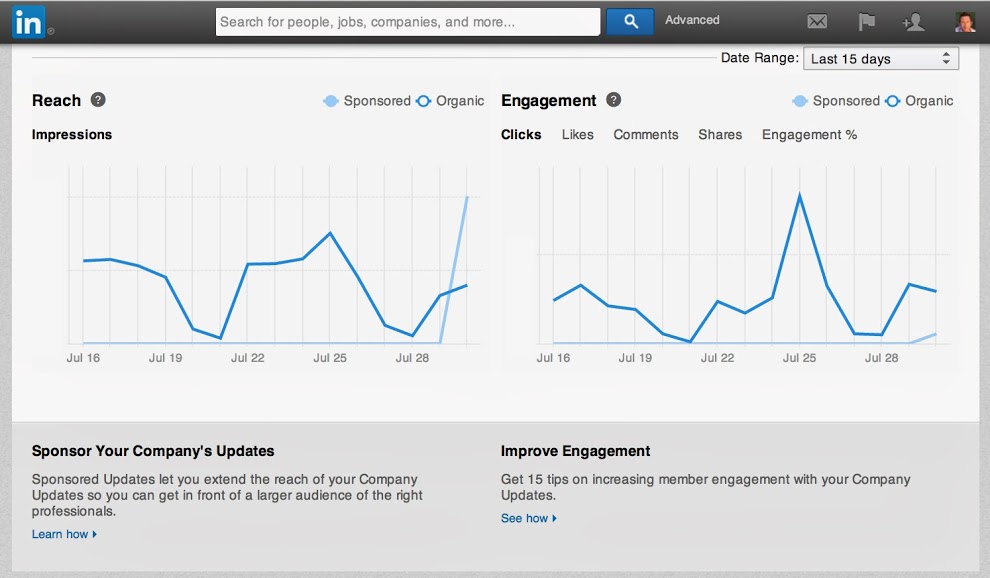Building a reliable professional connection has become a must in this digital age. Nowadays, professionals need to continually improve their online presence to make sure that they stay on top of the latest trend and developments in this industry.
Among all the social media platforms, LinkedIn is considered as the leading avenue to connect with other industry professionals. Those who work in the digital industry are even more encouraged to utilize the platform to further their connections and find more opportunities for employment and partnership.
Sadly, only a few manage to use the full potential of the platform. Aside from providing one’s primary professional credentials, LinkedIn can also be used in publishing written content relevant to whatever field of expertise you have.
If you want to start posting, then these tips will help you boost your content’s overall value.
Refine your targeting
Before writing anything, your first job is to identify the specific profile of your readers. You cannot expect to gain high response if you attempt to impress everyone in your content. That’s just not possible. The best way to go is to create a clear profile of your readers. What is their demographics? What type of content do they need? What is their age range?
All of these questions will be helpful in narrowing down your topics to things that matter to your readers. Anything that falls outside of their interest must be taken out of your editorial calendar.
Reread some of your past content
Just because you’ve published about something does not mean that you cannot use it again. To propel future posts, you can always use them as your reference and create an improved entry using the information.
There is a higher chance that your new connections have not yet read your past entry. Do them the favor of writing about it again using a different angle.
Have a look at your posts’ analytics
Just like other social media networks, LinkedIn also has its analytics. Utilize the tool to get a clearer assessment of the performance of your posts. This should tell you the number of likes, comments, and shares that a particular post has.
By understanding the analytics, it also helps you find out what type of content appeals to your readers better.
Learn from the experts
Since you are trying to share content to co-professionals, might as well learn from those individuals who are considered as an authority in your field. Search and connect with them on LinkedIn and see what type of topics they share with their network.
You can use them as the reference in crafting your editorial calendar. Plus, you will get the chance on knowing other personalities who might be among your target reader based on a post’s response.
Focus on topics you have expertise at.
Lastly, provide content on topics that you have mastery on. Whether you admit it or not, your expertise in a certain field will be reflected in the kind of content you produce. The tone of writing or delivery will also be reflective of your knowledge on the topic you wish to write about.
It’s always an advantage to go for topics you are familiar with especially those which you have hands on experience.
Aside from being an avenue to meet new people who work in the same industry as you do, LinkedIn can also be a chance to establish your professional credibility by publishing written works about your area of specialization. One may not find it as efficient as starting an official website, but considering the quality of people who are likely to read your content, it is safe to say that you’ll have the better chance of boosting your credentials on your field.
Target your readers well, learn from the masters and start creating your content!






